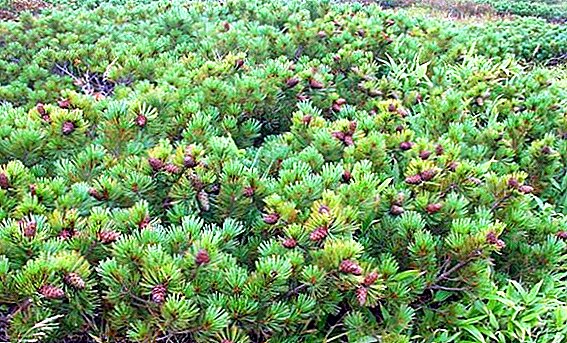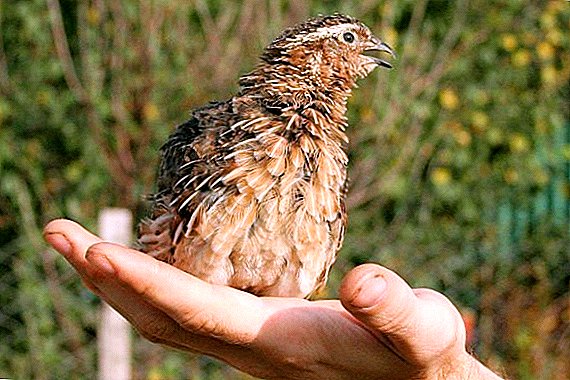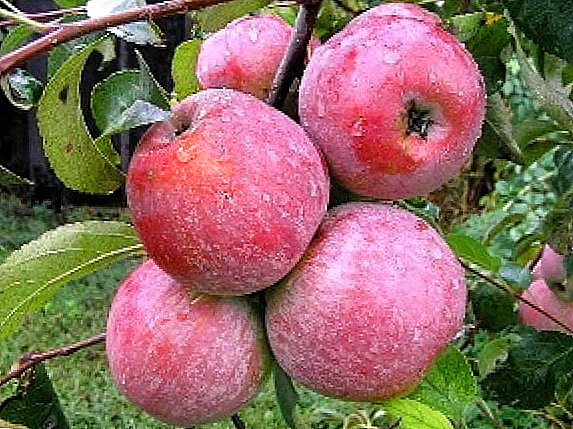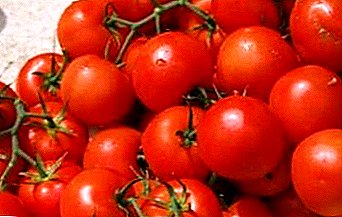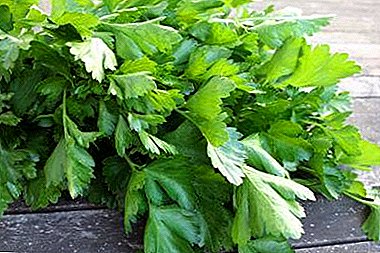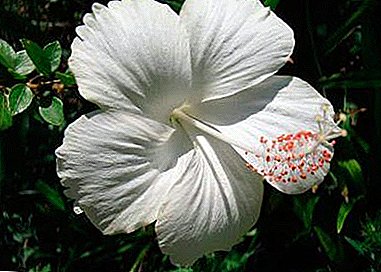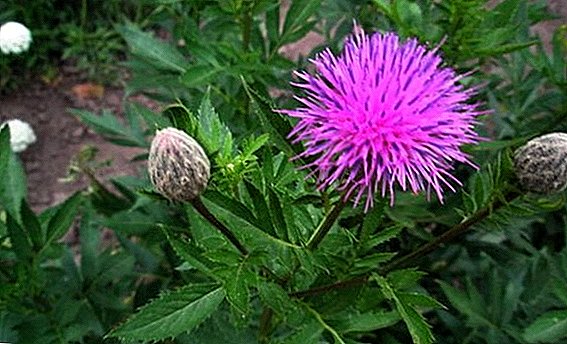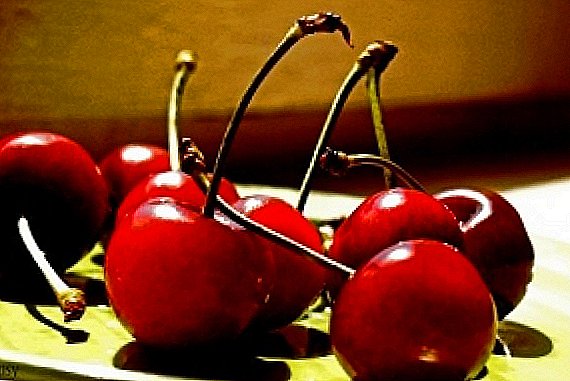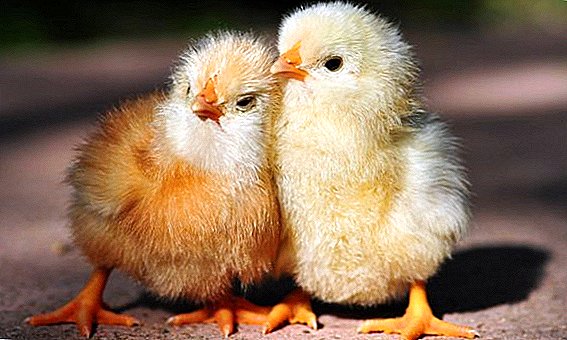 Chickens, like adult chickens or other types of poultry, can become infected with various diseases. One of the most life-threatening chicks of ailments is coccidiosis.
Chickens, like adult chickens or other types of poultry, can become infected with various diseases. One of the most life-threatening chicks of ailments is coccidiosis.
Let's take a closer look at what is coccidiosis, why it occurs and how to help the bird get rid of this disease.
What is coccidiosis
Coccidiosis is a parasitic disease that is caused by unicellular pests of coccidia. The bacterium with the beautiful name "Eimeria Tenella" penetrates the intestines of young chickens and infects them with this ailment. This disease is common among chickens, ducks, turkeys and geese.
Learn what chickens, turkeys and geese are sick of.
Most often, outbreaks of coccidiosis are observed in spring and summer, when it is warm and humid outside. Chicks up to 3 months are most susceptible to this disease, since their immunity has not yet been formed. 
Did you know? Chickens are much smarter than they are used to thinking about. Adults can memorize about 100 faces of people, distinguish the host from other people at a distance of 10 meters and easily navigate in time - they know what time they should be fed.
Causes
The causes of infection of chickens with coccidiosis are numerous and it is very difficult to track infection.
Read also about how to treat non-communicable and infectious diseases of broiler chickens.
Malicious bacteria can enter the bird:
- through contaminated food and water,
- through infected grass and soil in the habitats of chickens,
- through a cage litter densely populated with coccidia.
Learn how to treat coccidiosis in chickens and rabbits.
The parasites, hitting the intestines of chickens, breed there in favorable conditions and after 4 days they leave with the droppings in the external environment in large quantities, infecting other individuals.
Important! A dangerous characteristic of coccidiosis is that in the early stages of infection, the chicken will look healthy. And by the time the manifestations of the disease are noticed, a large number of individuals are already infected.
Symptoms and course of the disease
The course of coccidiosis in chickens is very painful. Being in the intestine, parasites destroy epithelial cells there. The integrity of the intestinal walls is broken and its tissues die off. After that, peristalsis and absorption deteriorate, which affects the amount of nutrients received by the bird and leads to hungry edema.  In the first days of infection (6-8 days), no characteristic symptoms are visible, but upon further observation it can be noted that:
In the first days of infection (6-8 days), no characteristic symptoms are visible, but upon further observation it can be noted that:
- the chick does not eat well or does not eat at all;
- the chicken is very thin and looks weak, different from the rest;
- the plumage has changed in appearance; it looks unhealthy;
- the bowel movement becomes very frequent or permanent, and the excreta becomes liquid, with admixtures of foam and blood;
- the body of the bird became bluish;
- goiter is greatly stretched;
- the bird is more inactive.
Important! If the chicken is a broiler breed, then one of the symptoms of the disease will be an increase in food intake without weight gain.
How to treat coccidiosis in chickens
For the treatment of this dangerous disease, special medicines are used - coccidiostatics. They are added to feed. Once in the chicken's body, the medicine suppresses the activity of harmful bacteria, stops the process of their development and reproduction. 
The most effective are the following drugs:
- Aviaks (five%). For treatment - 1 g of product per 1 kg of feed. For prophylactic purposes - 0.5 g of product per 1 kg of feed. Active ingredient - Semduramycin 5%. The course for prevention or treatment is 5 days.
- "Koktsisan" (12%). For treatment - 120 mg of the drug per 1 kg of the feed mixture. In order to prevent - 60-120 mg of the drug per 1 kg of feed. The active ingredient is salinomycin sodium, the course is from 5 to 7 days. Food with this medicine can be edible for only one day.
- "Avatek" (15%). During treatment - 1 g of medicine per 1 kg of feed. For prophylaxis - 0.5 g per 1 kg of feed mixture. The active ingredient is lasalocid sodium 15%, the course - 5 days.

- "Madicox". In the treatment - 0.5-1 g of the drug per 1 kg of feed mixture. With preventive measures - 0.5 g of medicine per 1 kg of feed. The active ingredient is maduramycin ammonium. The course of treatment and prevention ranges from 5 to 7 days.
- "Coccidin-10". For prophylactic purposes - 0.5 g of medicine per 1 kg of feed. For therapeutic purposes - 1 g of product per 1 kg of feed mixture. The active ingredient is toluamide. The duration of drug treatment is from 5 to 7 days.

- "Nicarmiks" (25%). Treatment - 0.5-1 g of the drug per 1 kg of feed. Prevention - 0.5 g of medicine per 1 kg of feed mixture. Active ingredient - nicarbazin 25%. Apply a course from 4 to 7 days. Reception can be started from the first days of life of chickens in order to prevent.
- Baycox (2.5%). For treatment - 1 ml of medicine per 1 liter of drinking water. For prophylaxis - 0.5 ml of the drug per 1 liter of water. The course of taking the drug ranges from 2 days (in mild cases or for prevention) to 5 days (in severe cases).
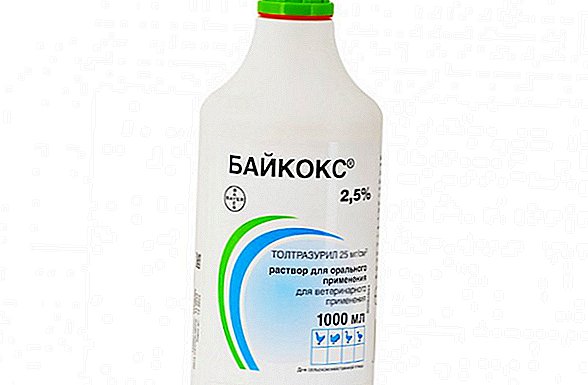
- "Koktsiprodin". For therapeutic purposes - 1 ml of solution per 1 liter of water. In order to prevent - 0.5 ml of solution per 1 liter of water. Water birds should drink all day from 2 to 5 days.
- "Amprolium". For treatment - 0.25 g per 1 kg of feed mixture for 5-7 days. For prevention from the first days of life - 0.1 g per 1 kg of feed for 7-10 weeks.
Important! In order for the treatment to be successful and without consequences for the young chicken, it is necessary to increase the dose of vitamins B1 and A in the diet while taking the drugs.In case of recurrent cases of chickens with coccidiosis in the same farm, each time you need to choose a drug with an active substance that is different from the previous one. This need is caused by the ability of coccidia to develop resistance and resistance to the drugs used.
Diseases of chickens - prevention and treatment.
For the treatment of coccidiosis and folk remedies are used:
- The diet of chickens should be 98% feed and 2% sulfur. However, such a mixture, they should eat no more than 14 days, so as not to provoke the occurrence of rickets.
- "Osarol" is dissolved in the flour mixture of feed and give the chickens 10 g per 1 kg of live weight. The resulting mixture is divided into 2 times and fed for the day. The procedure is repeated for 5 days, followed by a three-day break, and then the course is repeated again 4 times with breaks.

Preventive measures
Coccidiosis is not noticeable in the early stages of the disease, so it is much easier to prevent it than to have time to cure the birds by preventing their death. Prevention consists in preventing the infection of birds with harmful bacteria.
Did you know? If a small amount of harmful parasites gets into the chicken's body, it can not only get sick, but also become immune to coccidiosis. However, the individual will remain a carrier of the disease for another year and will be able to infect other, more weakened birds.
Prevention of coccidiosis includes the following measures:
- From time to time, burn the coop wall with a soldering iron, the cage and tools that are used in working with birds to help kill the bacteria.
- Ensure that the bird litter is dry and clean.
- Add crushed shells and table salt to food.
- Prompt vaccination of chickens against coccidiosis. It strengthens the immune system and increases the body's ability to fight pests.
- Laying for chickens and the soil on the territory of walking can be treated for disinfection with ammonia, monochloroxylenol, orthodichlorobenzene, terpineol, orthochlorophenol.
- Systematically wash the water bottle and the feeder and disinfect them.
- Constantly remove soil and droppings from the hen house.
- Keep adult chickens and chickens separately.
- Monitor the completeness and quality of the diet of poultry.
Important! Protein feed contributes to the exacerbation of the disease, so it should be removed from the diet before the end of treatment.
 If the owner will comply with all the rules of bird care and take measures to prevent coccidiosis, this disease may never affect his economy. But even if the chickens are already sick, using the above methods of treatment, you can overcome the disease and save the lives of young birds.
If the owner will comply with all the rules of bird care and take measures to prevent coccidiosis, this disease may never affect his economy. But even if the chickens are already sick, using the above methods of treatment, you can overcome the disease and save the lives of young birds.Video: coccidiosis in chickens, chickens
Feedback from network users







